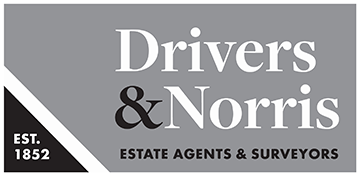
Jason Instrell, industry lead at SFG20, the industry standard for building maintenance, explains how landlords can deal with mould issues, following the BBC Panorama documentary on the subject.
Damp is often caused by a lack of air circulation. The key is to ensure the property is well-ventilated and that there is consistent air movement, both before a property is let and during a tenancy.
There are a number of general maintenance tasks that building owners, landlords and tenants can easily carry out to help prevent mould and control its growth.
What can landlords do?
General visual inspections
Before landlords rent out a property, a full inspection is carried out to check for defects. This includes a visual inspection for damp and mould growth that may be present from poor ventilation. This check should include:
- Checking extract ventilation systems such as bathroom kitchen fans and MVHR systems.
- Inspecting window vents to check they are working correctly and as intended.
- Checking bathroom extraction fans for dirt and grime and excess noise.
Introduce energy and cost-efficient fans and ventilation systems to the property
- Implementing humidistat fans, which turn on automatically when they detect humidity in the air. These fans are a cost-efficient and effective way to reduce humidity.
- Changing outdoor ventilation grills to a gravity flap grille, which expels damp air from inside the property and prevents cold air from being drawn in. These types of grilles stop cold air coming into the space and only operate when the fan is active.
- A fan can also incorporate a motorised shutter that only opens when the fan is running and automatically closes, thus reducing drafts.
Damp proofing
A damp inspection will cover elements such as internal walls and woodwork that can become saturated and damp if an issue arises with the damp-proof course (or lack of). An effective damp-proof course is essential for ensuring the property remains dry and stable and free from damp.
Windows
In addition, it is cost-effective to install trickle vents in the windows, which allow small amounts of cold air to enter the property, encouraging airflow to reduce dampness.
Internal decoration
Regular inspection and maintenance of painted surfaces in sanitary areas, such as toilets or kitchens, including emulsion and gloss paint, can help maintain hygiene. Mould can be prevented by finding and fixing the issue, cleaning and introducing a specialist mould resistant paint prior to decorating.
What can tenants do?
From a top level, tenants must be responsible for ensuring they are helping with effective day-to-day ventilation of their property. This includes, but is not limited to:
- Avoiding drying clothes indoors, especially on radiators
- Using dehumidifiers to reduce internal moisture in the property
- Clean cooker hood grills and filters to ensure efficient air extraction
- When cooking, make sure hot air is venting out.
However, Panorama’s discussions with tenants suffering from mould confirmed that most have already followed the guidance to ensure consistent ventilation in their rental properties. In certain cases, black mould this severe could be caused by defects in a building’s fabric, perhaps due to moisture ingress, something that tenants have no control over. Proper maintenance and inspection of a property is crucial to prevent mould growth, impacting some three million households.
Via @PropertyWire
